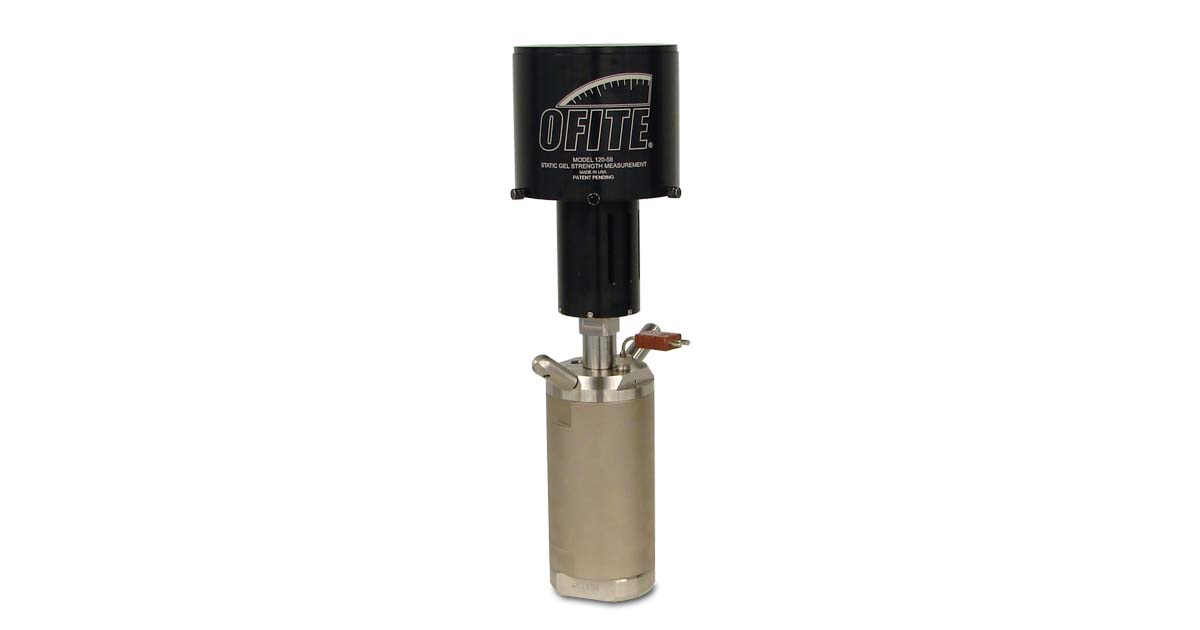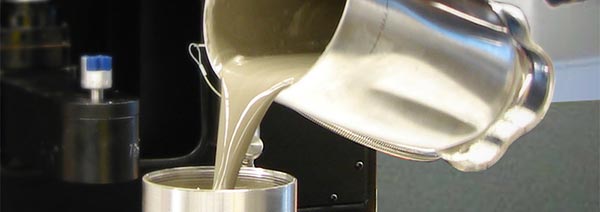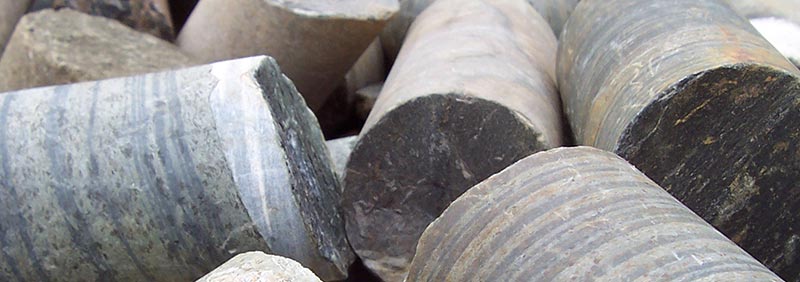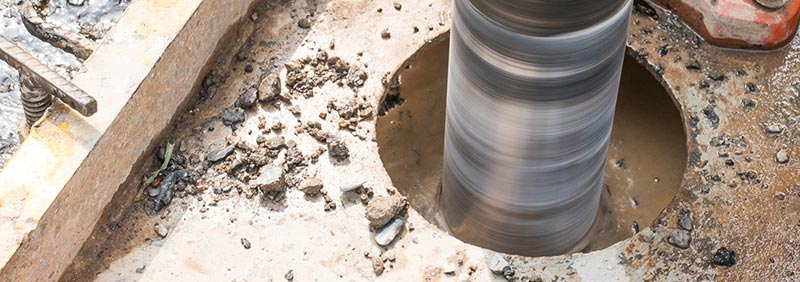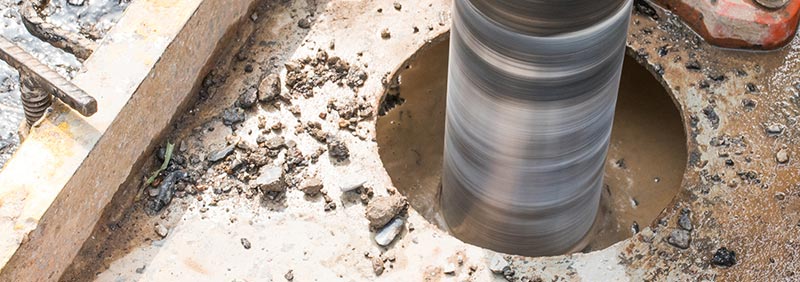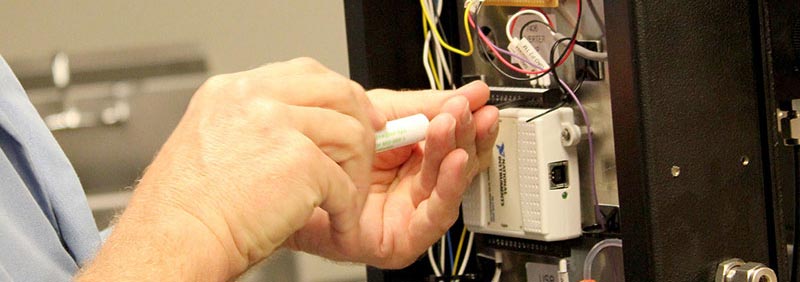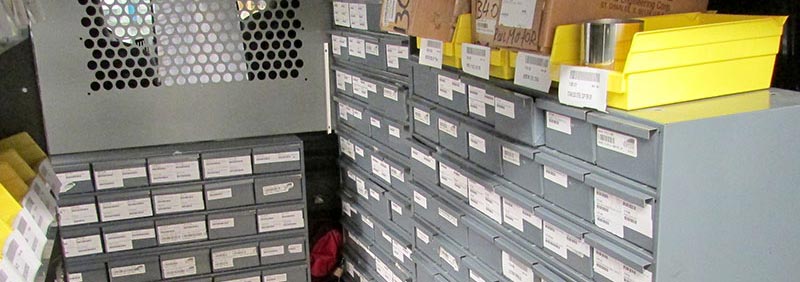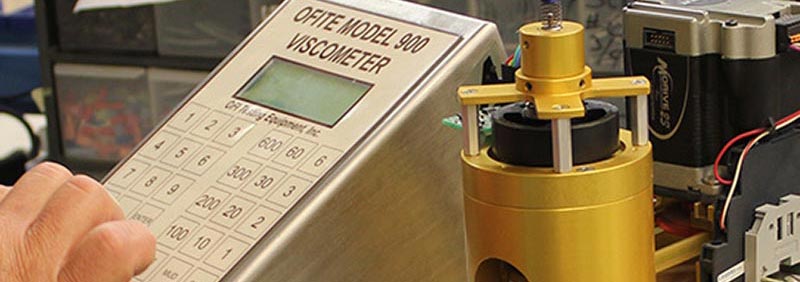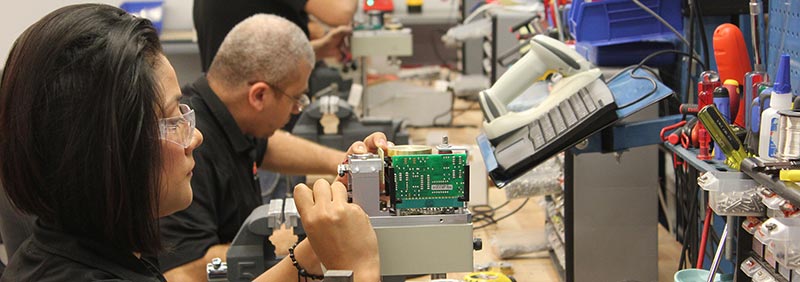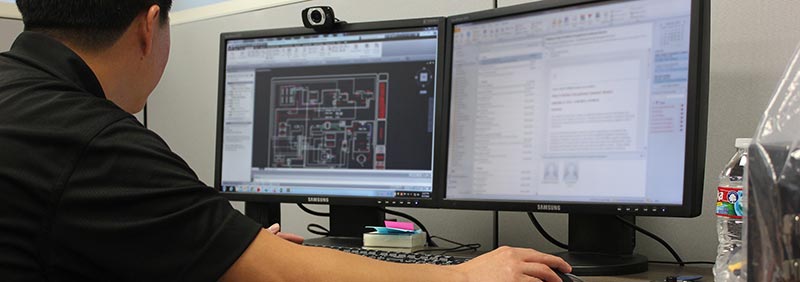Newsroom
Mitigating Gas Migration by Measuring Static Gel Strength of Well Cement
Cement slurries that are placed in gas bearing formations as part of the well completion process are at risk of gas migration under the right conditions. Gas migration refers to the annular flow of natural gas from the formation up through the cement column. As the gas moves through the cement matrix, it carves a channel that becomes permanent once the cement sets. This permanent channel becomes a conduit that allows for natural gas to continuously bleed from the formation.
After cement placement operations have stopped, the cement slurry begins to develop gel strength under static conditions. The amount of gel strength development and the speed at which it occurs are two of the main factors that describe a cement slurry’s ability to resist gas intrusion. Generally, gas intrusion begins when cement slurries develop 100 lbf/100 ft2 (48 Pa). Gas intrusion ends when the cement develops 500 lbf/100 ft2 (240 Pa). The transition time is defined as the time it takes the slurry to go from 100 lbf/100 ft2 (48 Pa) to 500 lbf/100 ft2 (240 Pa). The shorter the transition time is, the less risk there is for the cement sheath to lose well control.
Though not the only factor that determines the risk of gas migration, Static Gel Strength (SGS) development rate (transition time) is one of the primary indicators that well operators and service companies use to develop mitigation strategies while operating in formations with a significant gas migration risk.
Static Gel Strength of a well cement can be measured with a Static Gel Strength Measurement device (SGSM). The SGSM attaches to a standard Ultrasonic Cement Analyzer (UCA). It uses a vaned bob to condition the cement slurry inside the UCA cell. During the test, the bob intermittently rotates and measures the resistance from the slurry. At the end of the test, the software provides a complete picture of the gel strength development of the cement slurry over time.

